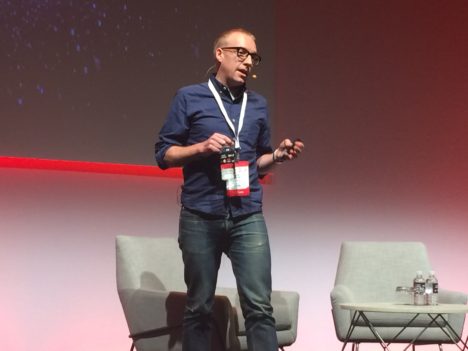Vice’s television channel Viceland to come to Australia soon
Vice’s TV channel Viceland is set to arrive in Australia soon, with an announcement on its local launch due in “coming weeks”, Vice’s Erik Lavoie has revealed.
Speaking at Mumbrella360, Lavoie said: “We’re expanding our ability to distribute our content, TV has become a thing for us. You will be seeing some news around Vice and the launch of Viceland in Australia in coming weeks.
“All of this is because we need scale and engagement – that’s our business model. Our business model isn’t about driving banner ad sales, it’s about audience. It’s about audience growth, generating the largest possible audience that we can, to get our content out to as many people possible.”


